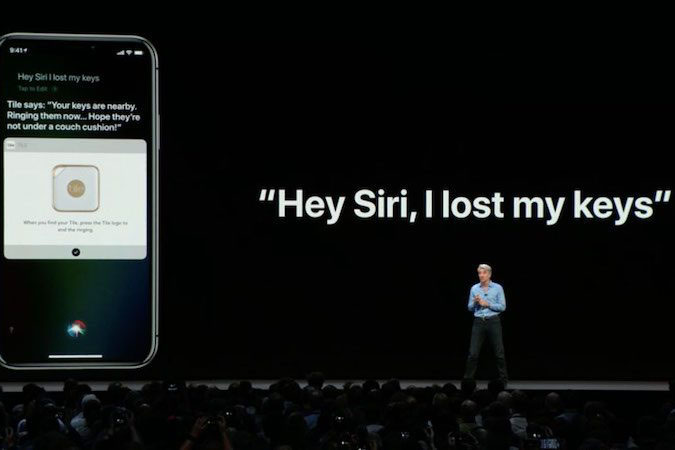Reports Circulate That Siri to Get New Intent Domains for iOS Developers During WWDC – This is Badly Needed
9to5Mac reported recently that Apple will announce several new Siri intent domains at its 2019 annual Worldwide Developer Conference (WWDC). When people say Apple Siri is “not very capable” or is trailing Alexa and Google Assistant, they sometimes are referring to its ability to answer questions and engage in voice interactions. These are what are referred to as first-party capabilities. They are native to the Siri assistant and provided by Apple. However, the world of third-party voice interactions is the more prominent gap in Siri’s capabilities today.
Siri Restrictions Limit Voice Integration into Apps
Whereas Alexa has over 90,000 Alexa skills worldwide with north of 60,000 in the U.S., and Google Assistant has over 4,000 Actions made by third-party developers, there are only a handful of iOS Apps with Siri integration. A big reason for Siri’s lack of third-party app support is that SiriKit limits use of the assistant to 10 intent domains. And, these domains are fairly narrow. An expansion of intent domains is critical to make Siri more widely available and useful to third-party app developers.
| Current Domains | Rumored New Domains |
|---|---|
|
|
Of the new domains, the most widely used are likely to be Search and Media Playback. Many mobile apps have access to a significant amount of content and others have deep menus that sometimes hide app functionality. Voice search using Siri could be a great way to expose both information and features. A smaller but still significant number of apps include some sort of Media Playback capability. Using voice to navigate start, stop, pause, skip, and other controls will introduce hands-free interaction that many consumers will value and will make those apps voice-controllable on surfaces other than iPhone, such as HomePod.
There is no concept of a voice app with Siri capabilities that exists today outside of a mobile app. Google has Actions on Google and Amazon has Alexa Skills that are voice apps independent of mobile apps. As a result, all Siri-based features must be attached to a mobile app and new domains translate into additional apps that can integrate Siri.
Google recently announced the availability of its own App Actions that enable Android apps to integrate with Google Assistant for voice interactions. Android apps currently support six domains for Google Assistant control including Food Ordering, Fitness, Finance, Slices, Ride Sharing, and App Features. The most interesting of these are Slices and App Features. Slices allow users to employ Google Assitant to control predetermined app features while App Features enables them to open specified app features using voice. These have broad applicability for mobile apps that want to enable users access to features by voice. Apple provides some of these capabilities in its Siri Shortcuts offering. However, that requires users to configure what they can access using Siri and the developer to integrate with Shortcuts. The Google approach only requires activity by the developer.
Siri Needs a Big Boost at WWDC
Siri has a lot of users based on the scale of Apple’s iPhone installed base. However, those users can’t do much more today by voice than initiate phone calls, send text messages, record notes, or add calendar appointments. Google Assistant can not only do far more, but it also is adding new features at a rapid rate and increasing the gap with Siri.
Apple has been active with recent acquisitions designed to strengthen its AI and voice portfolios. The PullString acquisition is particularly intriguing because that company was focused on making it easier for developers to launch voice apps and could be used going forward to make it easy for iOS developers to add dialog interactions to mobile apps using Siri. If this is the intended use for PullString, it could help to rapidly accelerate Siri adoption among iOS Apps and begin habituating users to the voice assistant.
After years of neglect, Apple seems to have woken up about the importance of voice because of the threat it poses to the iPhone smartphone franchise. WWDC will be a time when we see if Apple’s renewed commitment to voice is likely to start bearing fruit or if Siri is destined to fall even further behind its peers. The introduction of new Siri intent domains is necessary but insufficient to truly compete for user voice assistant adoption and loyalty.
Follow @bretkinsella Follow @voicebotai
Follow @bretkinsella Follow @voicebotai
Apple Launches New AirPods with Voice Activated Siri and Wireless Charging









